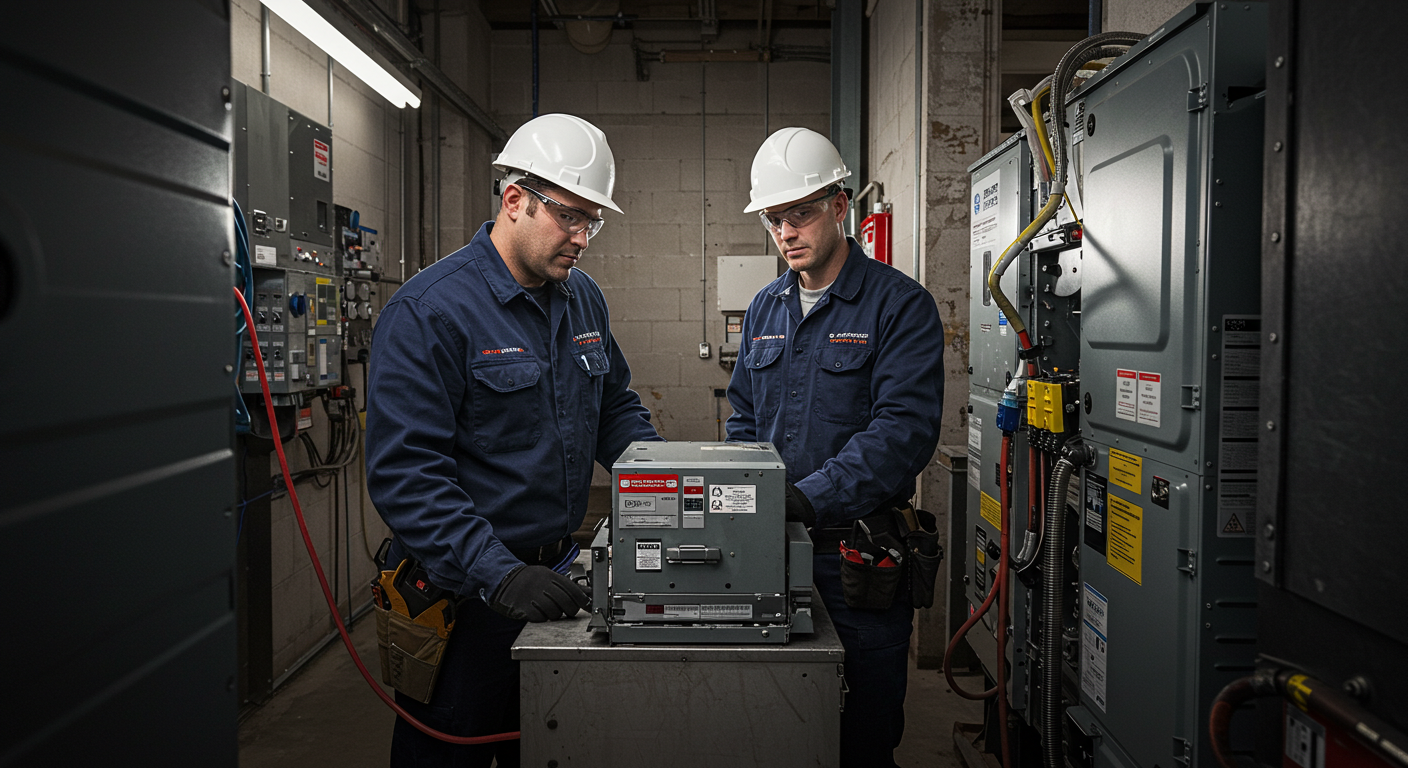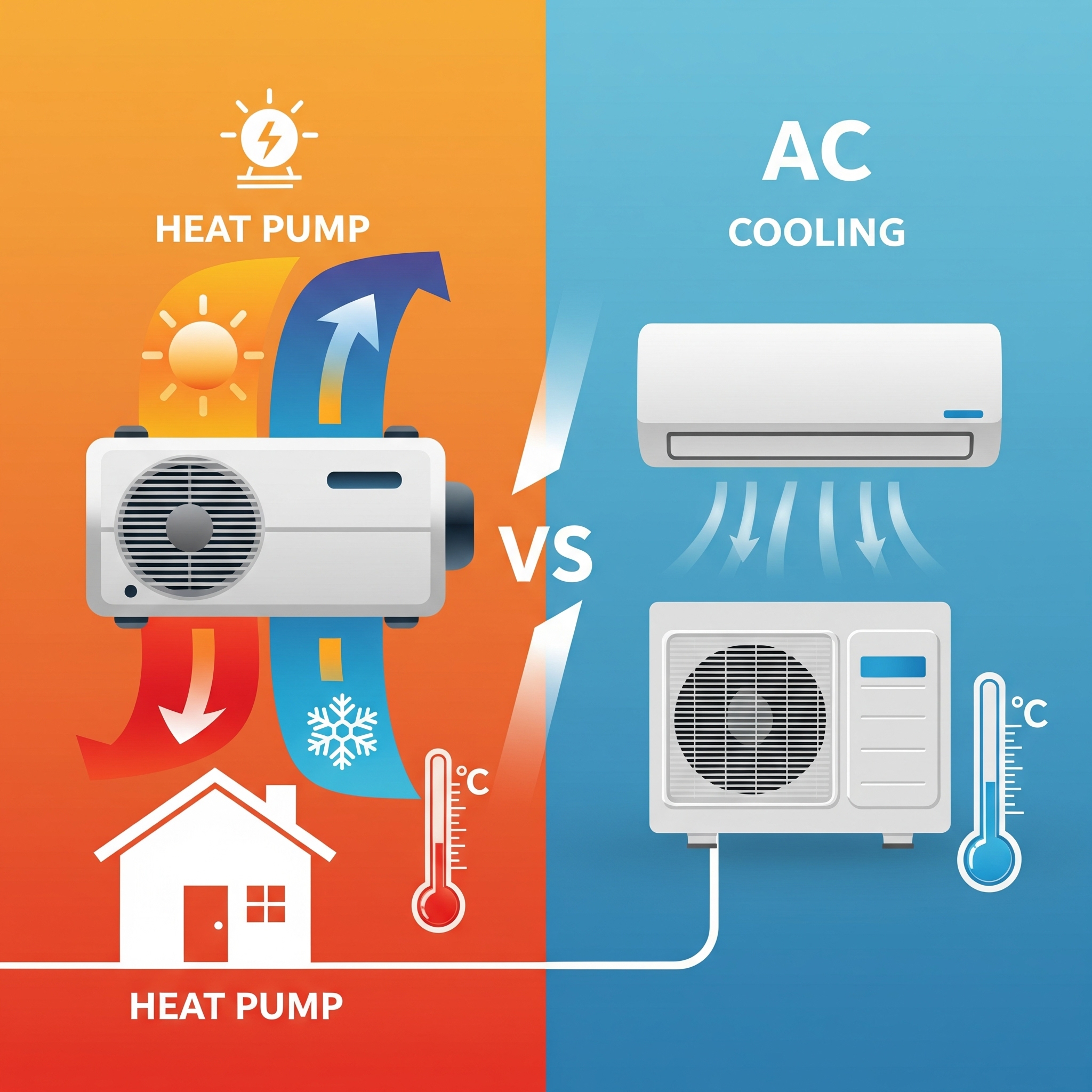Ladder and Fall Protection Safety Tips for HVAC Techs in 2025
Hey there, HVAC pros! As you know, working at heights is part of the job. But did you know that ladder-related accidents remain a significant risk factor in our industry? Let’s dive into some ladder and fall protection safety tips that can keep you safe and sound on the job.
Understanding the Risks: Ladder Safety Statistics
First, let’s take a look at why ladder safety is so crucial. Did you know that in 2023, the construction industry reported 109 fatalities due to ladder-related incidents? That’s a sobering reminder of the importance of safety measures. In Houston alone, there were four ladder-related fatalities in 2022, up from two the previous year. These numbers highlight the need for vigilance and proper safety protocols.
OSHA Regulations You Need to Know
Staying compliant with OSHA regulations is not just about avoiding fines—it’s about staying safe. Ladder regulations were among the top ten most cited OSHA violations in 2023. Make sure you’re familiar with the relevant OSHA standards for our industry, specifically 29 CFR 1910 for general industry and 29 CFR 1926 for construction.
Key Safety Requirements for Ladder Use
Choosing the right ladder is crucial. The ladder’s duty rating must match the combined weight of you, your tools, and any materials. Here’s a quick guide:
- Special Duty (IAA): Up to 375 lbs
- Extra Heavy Duty (IA): Up to 300 lbs
- Heavy Duty: Up to 250 lbs
- Medium Duty: Up to 225 lbs
- Light Duty: Up to 200 lbs
Recommended Safety Practices and Equipment
When working at heights, your safety equipment is your best friend. Always use proper fall protection gear, including harnesses and ladder stabilizers. Remember the three-point contact rule: always keep two hands and one foot, or two feet and one hand, on the ladder at all times. Additionally, consider using weatherproof refrigerant line seals to minimize trips up and down the ladder.
Conclusion: Stay Safe and Sound
In conclusion, ladder and fall protection safety is all about preparation and vigilance. By following these tips and staying informed about safety regulations, you can significantly reduce your risk of accidents. Remember, your safety is the most important tool you have.
Stay safe out there, and don’t forget to share these tips with your fellow HVAC techs!
FAQ: Ladder and Fall Protection Safety for HVAC Technicians
What are the top ladder safety tips for HVAC technicians?
Always use the three-point contact method and ensure your ladder is stable and on solid ground before climbing.
How can HVAC techs prevent ladder accidents?
Ensure you’re using the correct ladder for the job, follow OSHA guidelines, and never skip safety checks.
What protective equipment is recommended for HVAC techs?
HVAC techs should wear non-slip shoes, use harnesses when necessary, and always have a sturdy ladder.
What are the OSHA requirements for ladders in HVAC?
OSHA requires adherence to standards 29 CFR 1910 and 29 CFR 1926, which cover ladder safety in general industry and construction.
Why is ladder safety important for HVAC technicians?
Given the high risk of falls, ladder safety is crucial to prevent injuries and fatalities on the job.









